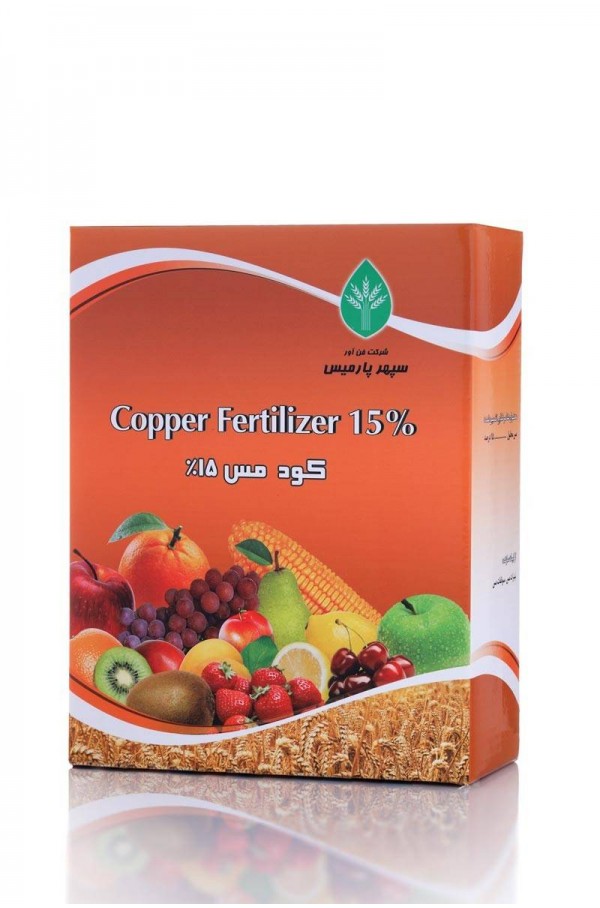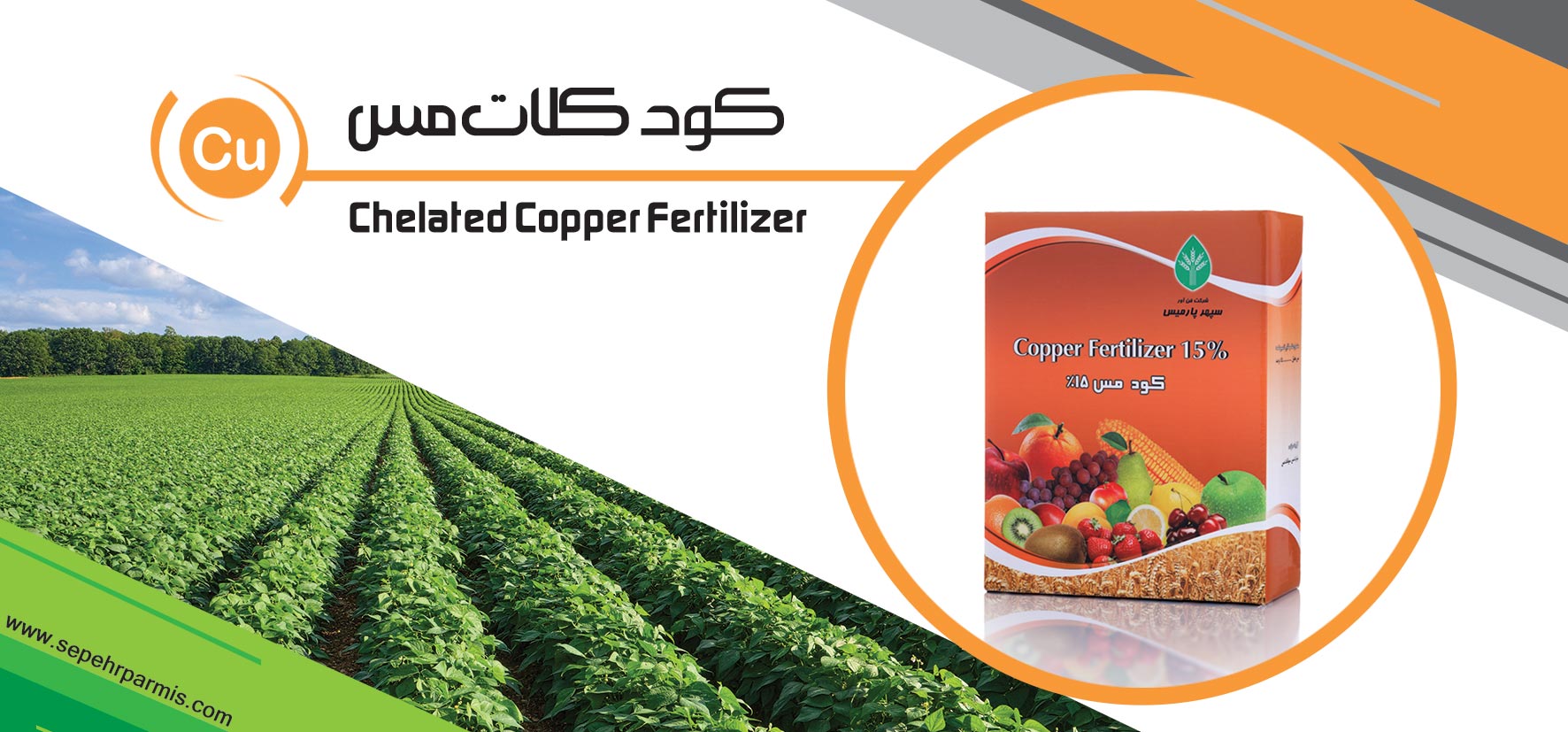
Liquid Magnesium Fertilizer

chelated Copper fertilizer with high absorbability, in addition to treating copper deficiency, increases resistance to bacterial diseases such as apple and pear fire blight, bacterial canker, sieve spot, bush die-off and reduces the incidence of drying of branches. Copper element is one of the most important micronutrient elements that no cation can replace its place. The Copper element activates the enzymes cytochrome oxidase, ascorbic acid oxidase, polyphenol oxidase, etc. and is also effective in the permeability of the cell wall and the process of reviving nitrate to ammonium. Also, this element is a very important factor in increasing the resistance of plants to pests and fungal diseases. The high amount of Nitrogen in soil, excessive use of animal manures, sandy-alkaline soils and clay soils of organic materials are effective factors in the lack of copper element.
Ingredients (Analysis) :
N 5%, Chelated Cu 15%

Foliar, Irrigation, DeepPlacement
1 Kg in 1000 liters of water
1-3 Kg per Hectare
15 Gr per each grown tree
During all stages of plant growth
Copper is one of the micronutrients that is essential in plant nutrition in small quantities. This element plays a role in the oxidation reactions and treating of plants and activates enzymes such as (cytochrome oxidase, ascorbic acid oxidase, polyphenol oxidase, etc.). This element is involved in photosynthesis and formation of chlorophyll and protein synthesis, and it also plays a role in cell wall permeability and the process of treating nitrate to ammonium. Alfalfa, lettuce, onion, citrus, fruit trees and wheat plants are most sensitive to Copper deficiency. due to the lack of copper in the vegetative growth of plants; Photosynthesis, the production of carbohydrates and plant growth will decrease. Therefore, paying attention to this element plays an important role in increasing efficiency and feeding plants.
Mild chlorosis all over the leaves, their small size along with necrotic spots, twisted leaves and downward bending of the petiole are symptoms of Copper deficiency. Lack of Copper leads to the prevention of flowering and fruit formation. in grains; Whitened tips of the leaves, narrowed and twisted leaves, lack of formation of spikes, clusters, and seeds dropping are caused by Copper deficiency, and the wilt disease in citrus fruits, plums, and stone fruits is also caused by Copper deficiency.
Symptoms of Copper deficiency include burnt spots on the tips of younger leaves, twisted leaves and wilting of green leaves.
Related Products